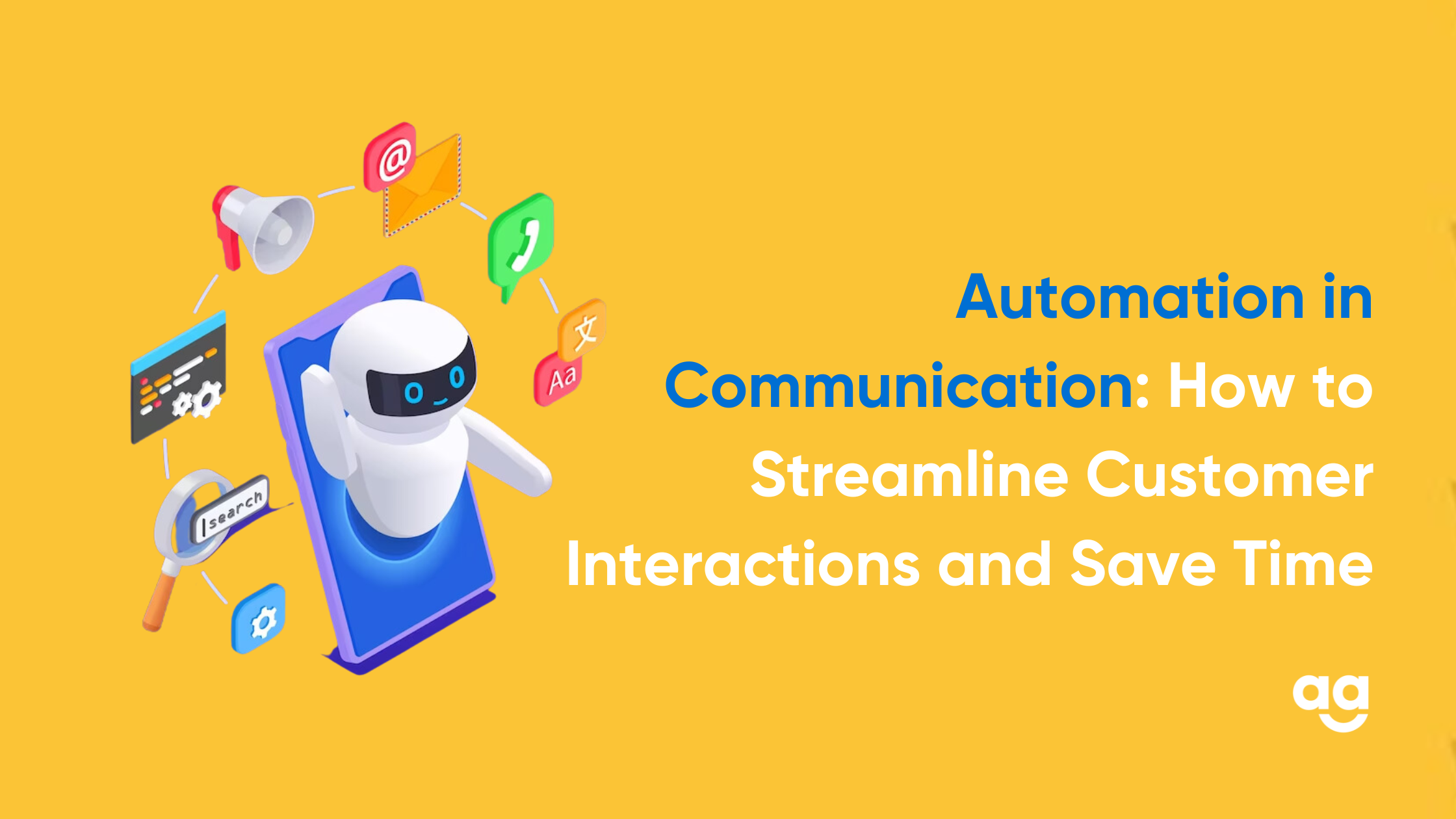In today’s fast-paced business landscape, efficient communication is paramount for success. Automation has emerged as a powerful tool to streamline customer interactions, enhance productivity, and save valuable time. By leveraging automation technologies, businesses can optimize their communication processes and deliver exceptional customer experiences.
In this blog post, we will explore the benefits of automation in communication, discuss various automation tools and strategies, and provide practical tips to implement automation effectively.
Benefits of Automation in Communication
1. Time savings
Automation eliminates manual, repetitive tasks, allowing employees to focus on high-value activities. By automating routine customer interactions, businesses can save time and allocate resources more efficiently.
2. Improved customer experiences
Automation enables businesses to provide consistent and timely communication to customers. Automated responses, notifications, and reminders can enhance customer satisfaction, as they receive prompt and accurate information.
3. Increased productivity
With automation, businesses can handle a larger volume of customer interactions simultaneously. Automated systems can efficiently manage inquiries, order processing, appointment scheduling, and more, reducing the burden on staff and boosting productivity.
4. Enhanced data management
Automation tools capture and analyze data from customer interactions, providing valuable insights. This data can be used to personalize communication, identify trends, and improve overall business strategies.
Automation Tools and Strategies
1. Chatbots and virtual assistants
Chatbots can handle basic customer queries and provide instant responses. Virtual assistants can mimic human-like interactions, offering personalized assistance and guiding customers through various processes.
2. Email automation
Email marketing automation tools allow businesses to create personalized, targeted email campaigns based on customer behavior, preferences, and lifecycle stages. Automated emails can include welcome messages, order confirmations, and abandoned cart reminders.
3. Customer relationship management (CRM) systems
CRM systems streamline customer interactions by centralizing customer data and automating tasks such as lead management, sales tracking, and customer support. This helps businesses provide tailored and consistent communication across different touchpoints.
4. Social media automation
Social media management tools enable businesses to schedule posts, monitor mentions, and engage with customers on multiple platforms. Automation in social media ensures a consistent brand voice and saves time on manual monitoring and posting.
Practical Tips for Effective Automation
1. Understand customer needs
Identify key touchpoints and pain points in the customer journey to determine which communication processes can benefit most from automation. Tailor automation strategies to meet specific customer needs.
2. Maintain a human touch
While automation is efficient, it is crucial to balance it with personalized human interaction. Ensure that there are opportunities for customers to connect with a live agent when needed, offering a seamless transition between automated and human-assisted communication.
3. Test and refine
Implement automation in phases and continuously monitor its effectiveness. Test different automation tools and strategies to find the best fit for your business. Regularly review performance metrics and customer feedback to refine and optimize automated processes.
4. Keep communication clear and concise:
Automation should not sacrifice clarity and effectiveness. Craft concise and well-targeted messages to ensure customers receive relevant information without overwhelming them.
Conclusion
Automation in communication has revolutionized the way businesses interact with their customers. By leveraging automation tools and strategies, businesses can streamline customer interactions, save time, and deliver exceptional experiences. The benefits of automation, such as time savings, improved customer experiences, increased productivity, and enhanced data management, are invaluable in today’s competitive landscape.
By understanding the benefits, utilizing appropriate automation tools, and implementing best practices, businesses can harness the power of automation to build stronger customer relationships and achieve long-term success.







 Shipping
Shipping







